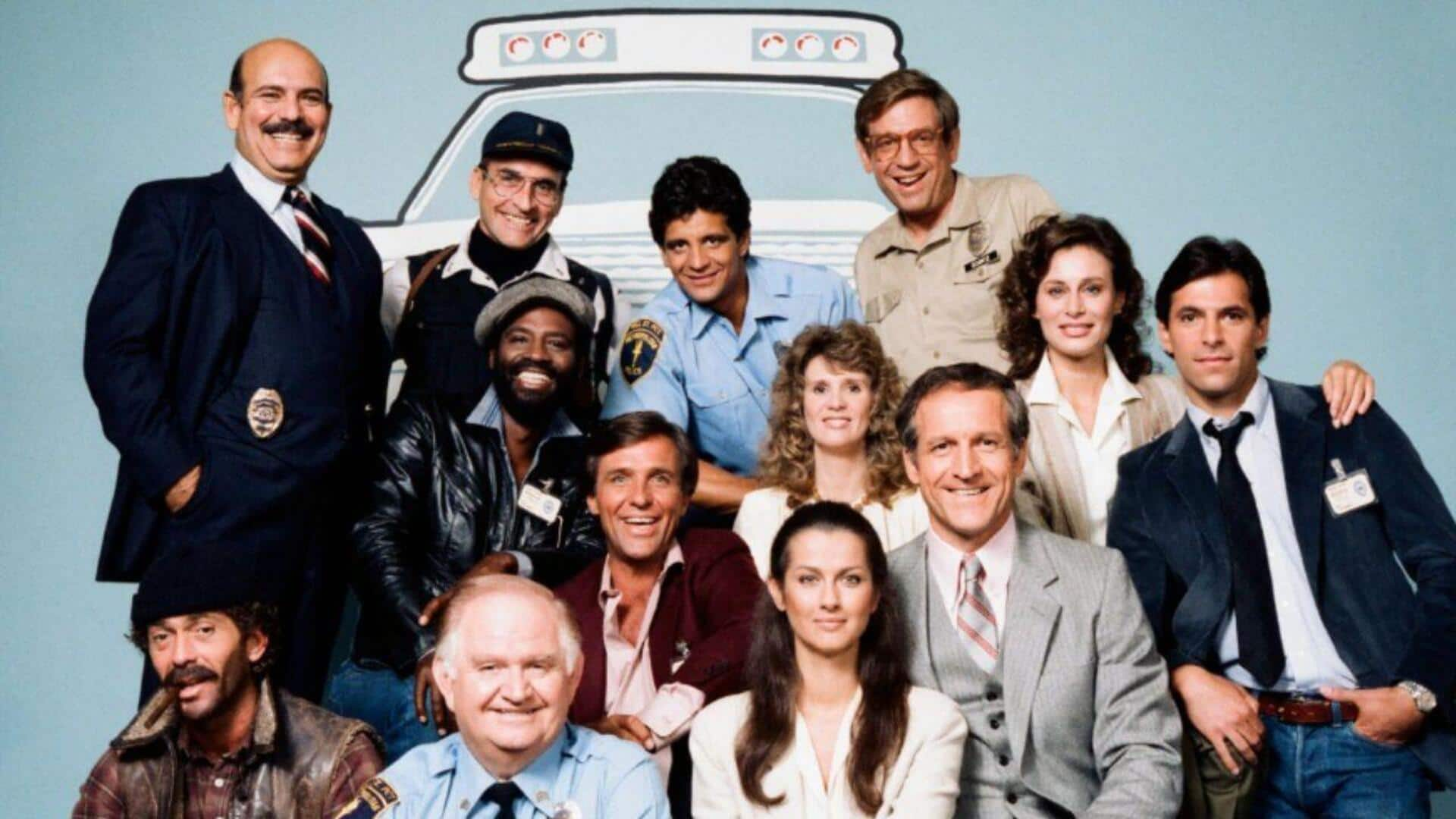
The show that redefined police dramas:'Hill Street Blues'
What's the story
Hill Street Blues was a revolutionary television series of the 1980s. It provided a gritty, realistic view of life in an urban police precinct. The show captured America's spirit by tackling social issues, featuring a range of characters, and reflecting urban life complexities. Its storytelling struck a chord with audiences across the country, making it a cultural touchstone of its time.
#1
Diverse cast reflecting society
The show also boasted of a diverse cast that was a true representation of America's melting pot. It included characters from different ethnic backgrounds and walks of life, each representing a different side of the American culture. This diversity ensured viewers saw themselves on screen and gained an insight into different perspectives of the community.
#2
Tackling social issues head-on
Hill Street Blues also didn't shy away from addressing pressing social issues like poverty, crime, and racial tensions. By weaving these themes into its narrative, the show was able to highlight real-world challenges faced by many Americans. Not only did this help raise awareness, but it also fostered discussions among viewers about these important topics.
#3
Realistic portrayal of urban life
The series portrayed urban life with authenticity rarely seen on TV back then. It highlighted both the struggles and triumphs of those living in a city. By providing an unvarnished portrayal of city life, Hill Street Blues struck a chord with audiences who saw these realities in their own communities.
#4
Complex character development
Characters on Hill Street Blues were also multi-dimensional and evolved over time, just like real people do. This complexity allowed for deeper storytelling since viewers became invested in their journeys. The show's ability to portray characters with depth contributed significantly to its success in capturing America's spirit during its run.
Tip 5
Innovative storytelling techniques
Hill Street Blues also pioneered new storytelling techniques, like overlapping plotlines and the use of an ensemble cast. These techniques were fairly new to the television of its time. By using these techniques, the show kept audiences engaged and offered various perspectives in every episode's narrative. This greatly added to its portrayal of the multifaceted nature of American society.